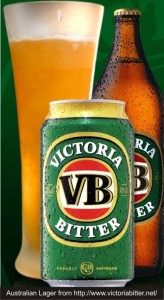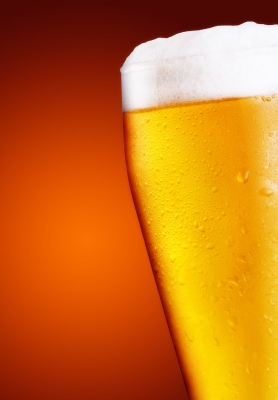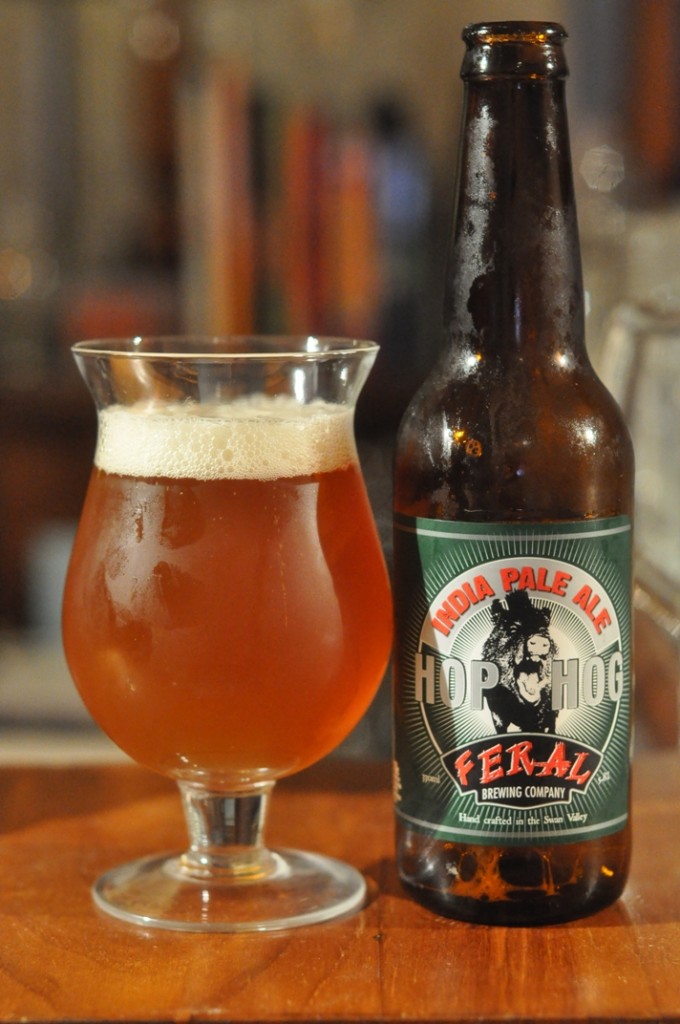The primary difference between Ale and Lager is the yeast.
All beer can be put into these two categories based on whether they are brewed with bottom fermenting or top fermenting yeast.
Top fermenting yeast will form a foam at the top of the wort during fermentation, but actually with both types, the yeast is present throughout the wort and both can flocculate forming a cloudy sediment on the bottom of the wort.
Another big difference between ale and larger is the temperature of the fermentation (because of the different yeast used). This also affects the time it takes to complete.
Then there is the act of lagering, which is putting beer into cold storage. This is not exclusively used on lagers, but traditionally was how the style of beer got it’s name.
These differences generally produce different characteristics in the two different beers, but there are always exceptions. In fact there are so many different styles of ales and lagers which have very similar characteristics.
Lager
Lager is produced using bottom fermenting yeast which are usually fermented around 5-14 degrees Celsius, traditionally over a period of several weeks and then lagered for up to several months.
This process has been sped-up by the continuous fermentation method, and there are warmer fermenting lager yeasts, but these methods produce different characteristics to most traditional lager styles.
Lagers are generally lighter in colour than ales, but some lagers get as dark as the darkest ales. Lagers tend to produce simpler flavours due to the low temperature of the fermentation, which produces less esters – the stuff which gives beer those fruity and spicy characters.
Ale
Ale is the older method of brewing beer.
Lager yeasts have been a more recent discovery, and today lager dominates the beer market. This has been the case since the late 1800’s industrial era brought us pale malts and the Pilsner style was born.
Ale is usually produced at around 15-25 degrees Celsius using top fermenting yeasts. These produce more esters than lager, giving ales a more full bodied and usually fruitier flavour.
Ales range from the very dark to the very light colours, although rarely as light or clear as lagers.
Despite a common misconception, ales do not always have a higher alcohol content, and nor do dark beers.
Some lighter coloured lagers have a higher alcohol content than some dark ales.
While we are on the subject, some dark beers are sweeter and less bitter then other lighter beers. Let that be an interesting fact – the colour of a beer does not reflect it’s bitterness, nor alcohol content.
Australian Bitter Lager – an oddity!
Did you know Australian Bitter is a very confusingly named style of beer?

Bitter as a traditional style is a type of English Pale Ale, whereas Australian Bitter is a Pale Lager.
It is not just a matter of using a different yeast to produce a similar result, the Australian bitters are a completely different style of beer.
An English Bitter Ale is usually a copper brown coloured ale, served at a temperature of about 11°C, low in fizz, with not much (if any) foam. They generally have malty and fruity aromas and often have generously hopped character.
English Bitter usually has a flavoursome malty taste with a bitter finish, whereas Australian Bitter Lagers are typically a much lighter colour, higher in fizz, with a bubbly foam head. Australian Bitter is also served chilled, with little aromas and light on flavour with smooth malty characters and a crisp mild bitterness.
The characteristics of Australian bitter lagers often confuse backpackers when they order their first Australian Beer.
Australian bitters are designed for one thing and one thing only; to quench the dry dusty throats on a hot summers afternoon.
And of course, to get you drunk.



Leave a Reply